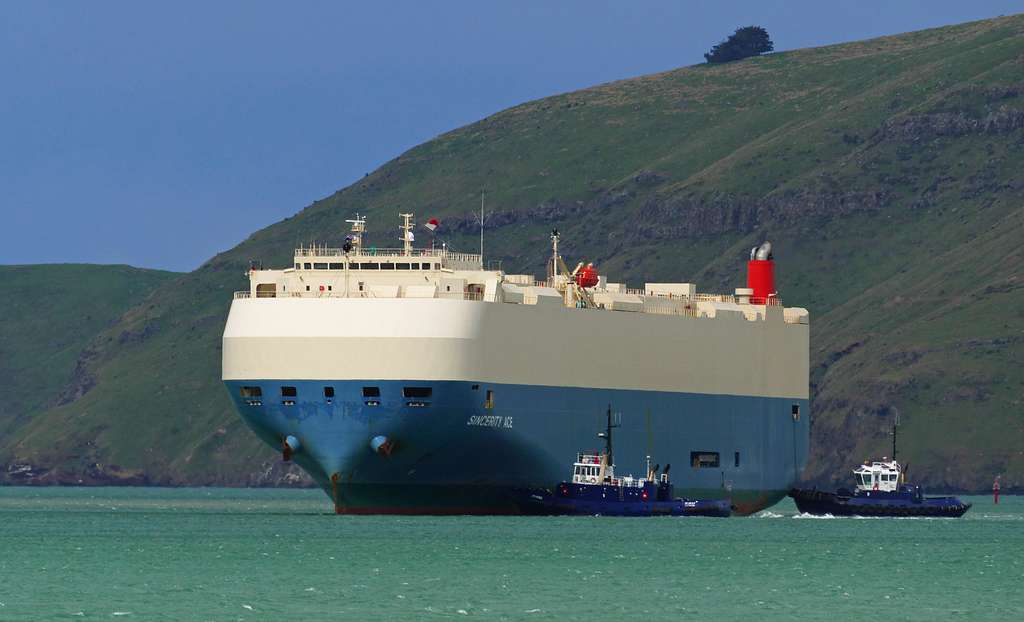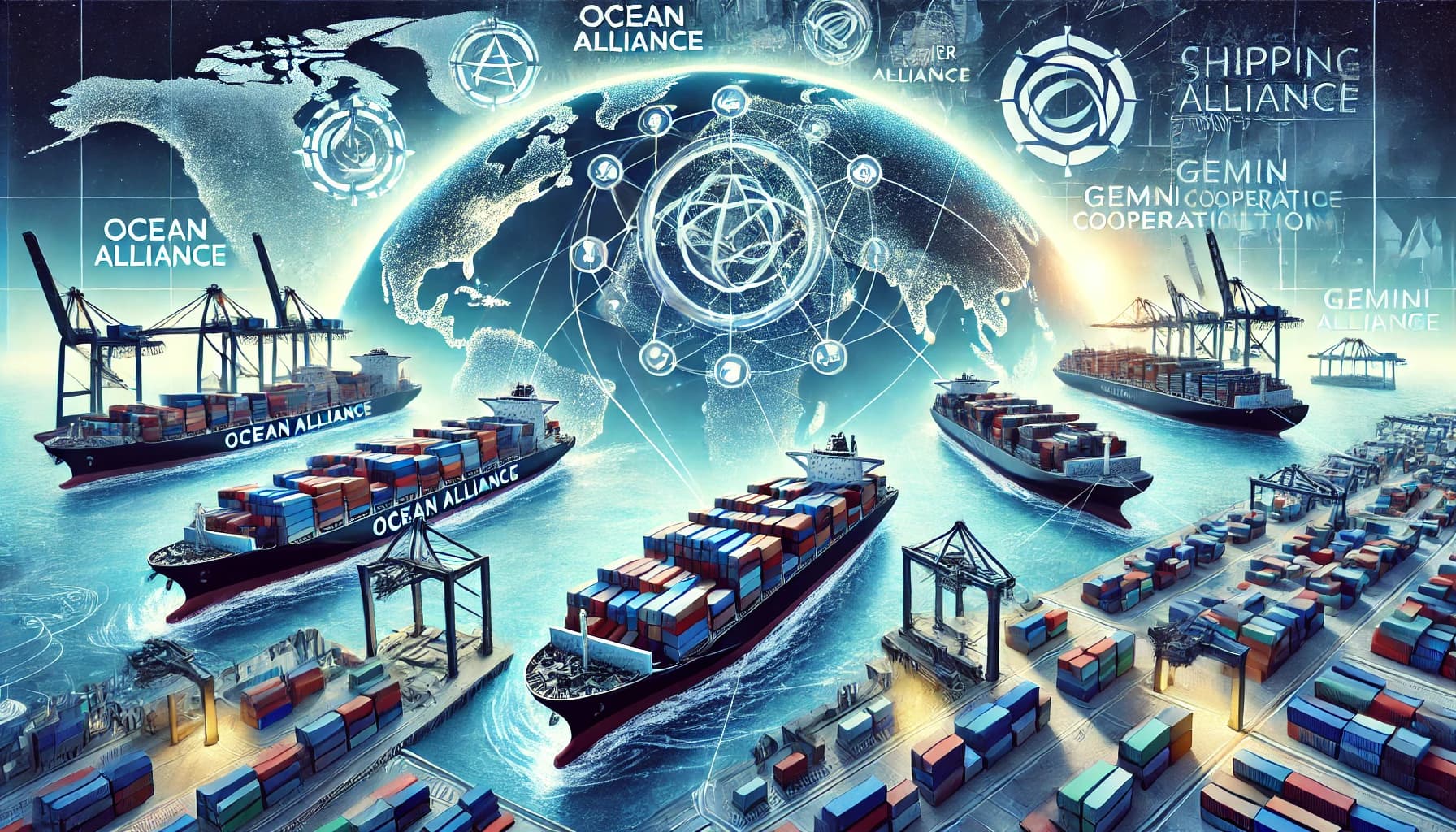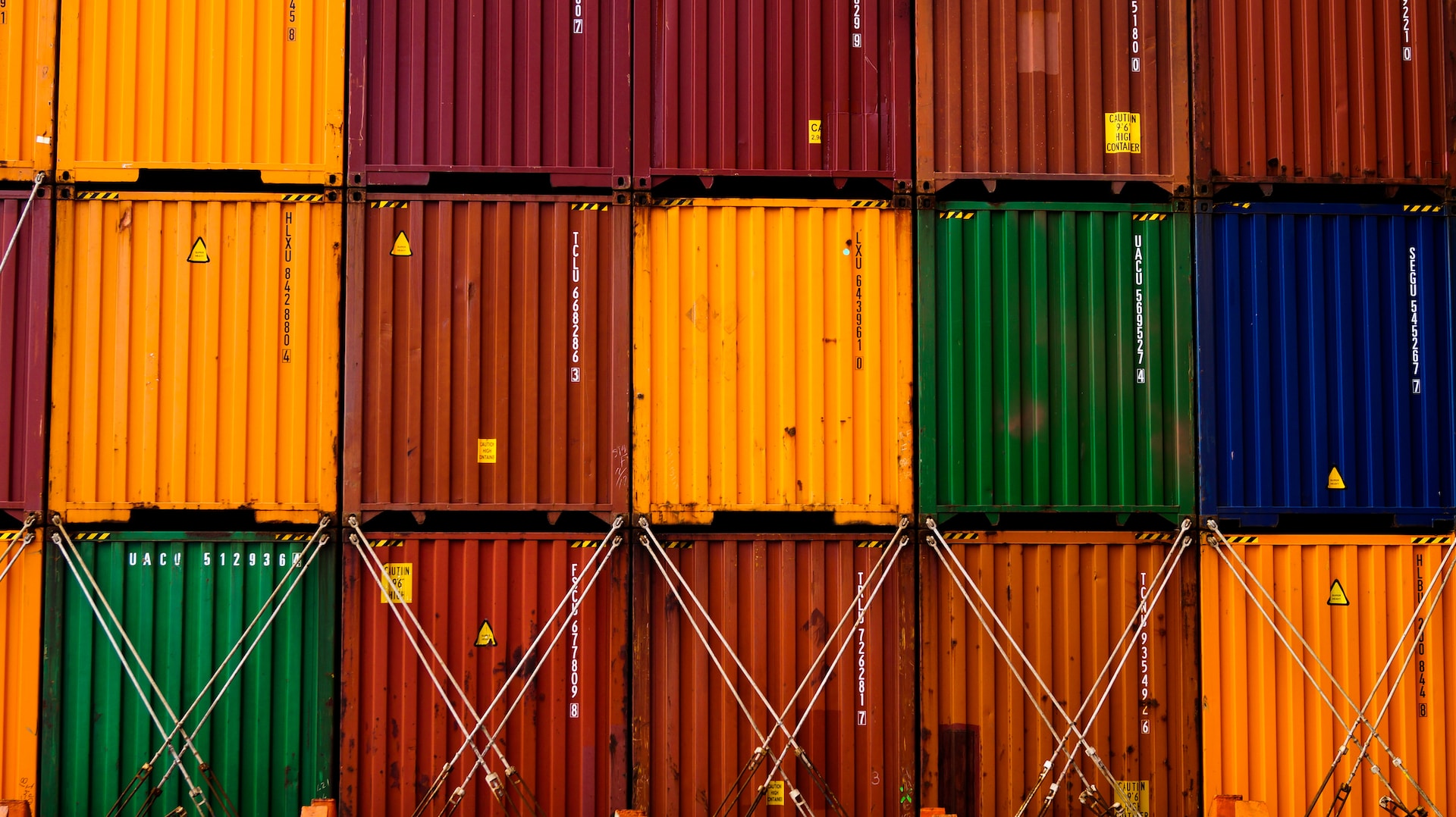A car carrier or car carrier ship is a vessel that has been designed for the transportation of either just cars, or a combination of cars, trucks, buses and other wheeled vehicles. Car carriers are a type of RoRo ships - which means Roll-On, Roll-Off, as this is how their cargo is loaded and unloaded.
The ships that carry only cars are known as Pure Car Carriers (PCC), whilst the vessels that carry various types of four-wheeled cargo are known as Pure Car Truck Carriers (PCTC).
Want to know more about car carriers and car truck carriers? There’s more to learn so keep reading!
ARE YOU LOOKING FOR JOBS ON CAR CARRIERS? VIEW MARTIDE’S CAR CARRIER JOBS NOW!
And if you’d like to know more about other types of ships, check out some of the other articles in this series which covers different types of boats, yachts, ships and vessels.
Read more: Everything You Need to Know About Coaster Vessels
For example, if you’ve always wanted to know how an icebreaker works, or what a lightship, crane vessel, fireboat or a gas carrier ship is, what dredgers do, or what differentiates oil tankers and LPG and LNG tankers, we have plenty more for you to read.
But for now, let’s focus on that unsung hero of the waves, the car carrier ship!
What are car carrier ships and how do they work?
There are a number of different types of car carriers, all of them falling under the category of RoRo ship, encompassing everything from a cargo ship to a ferry to a vessel that transports military vehicles such as tanks.
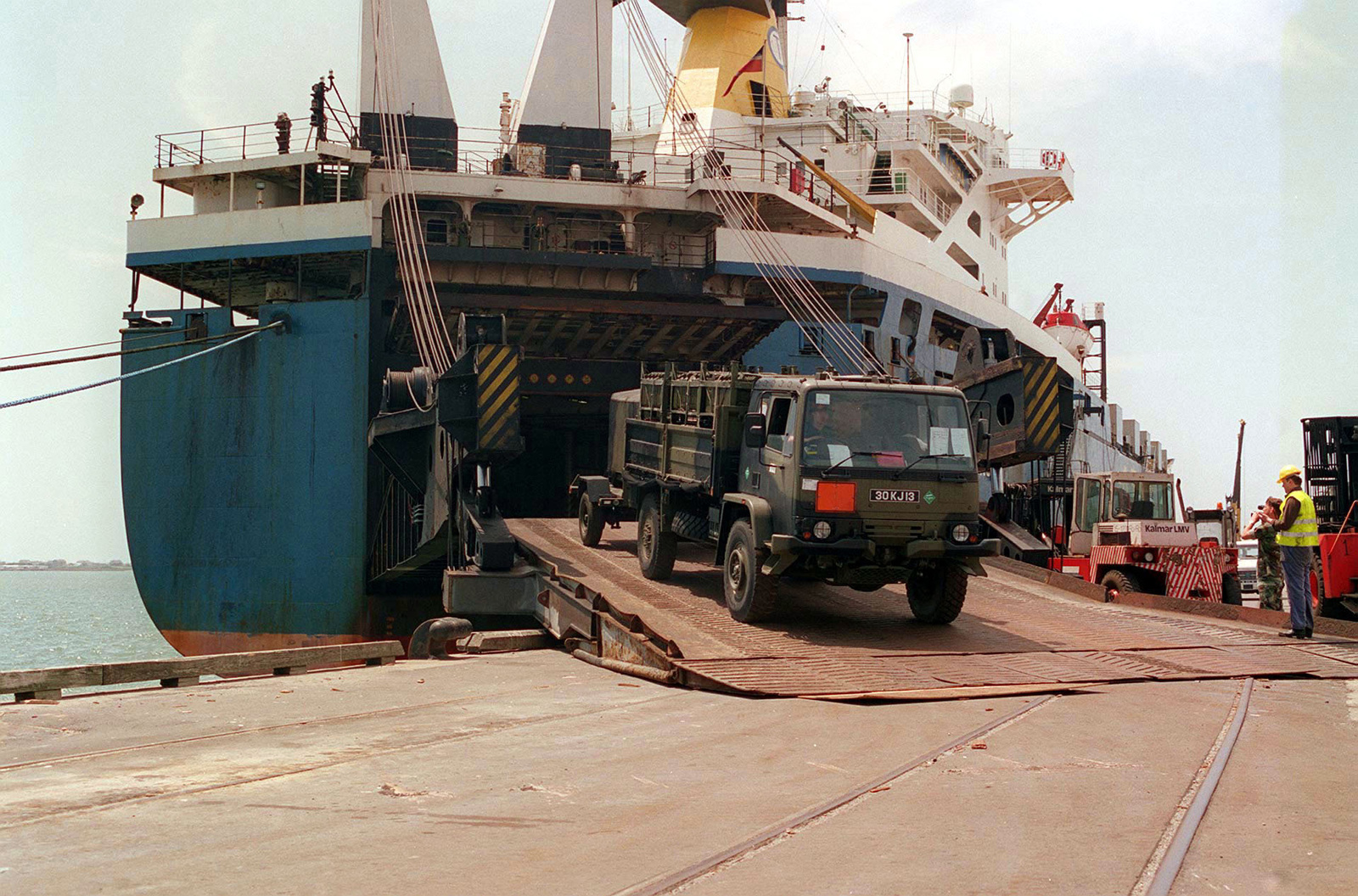
We’ll take a closer look at them all, but meanwhile if you’d like to get to grips with what exactly a Roll On, Roll Off ship is, check out this article:
Everything You Need to Know About RoRo Ships
Different types of car carriers
As we’ve said, car carrier ships fall under the category of RoRo ship, and as we’ve seen, there are PCC and PCTC vessels, but what else is out there and what do all these mean exactly? Let’s break it down.
- Pure Car Carrier (PCC): A vessel used to only transport cars, typically new vehicles to their destination market. For example, Japanese cars that are to be sold in the United Kingdom.
- Pure Car Truck Carrier (PCTC): A vessel used to transport any kind of four-wheeled vehicle from one port to another. These could be new cars and trucks, or even tractors and other plant machinery.
- Container Ship and RoRo Ship (ConRo): A vessel that is a combination of both a traditional container ship and a RoRo ship. These are designed to carry both shipping containers and wheeled cargo.
- General Cargo and RoRo Ship (GenRo): A vessel that is a combination of both a regular cargo ship and a RoRo ship. These are generally smaller in size and capacity than a ConRo ship and carry…you guessed it, general cargo and wheeled cargo.
- RoPax ship: A vessel that transports cars and other small vehicles but also allows for passengers onboard. If you’re thinking that this sounds like an industry term for a ferry, then you’d be right. It’s basically a ferry.
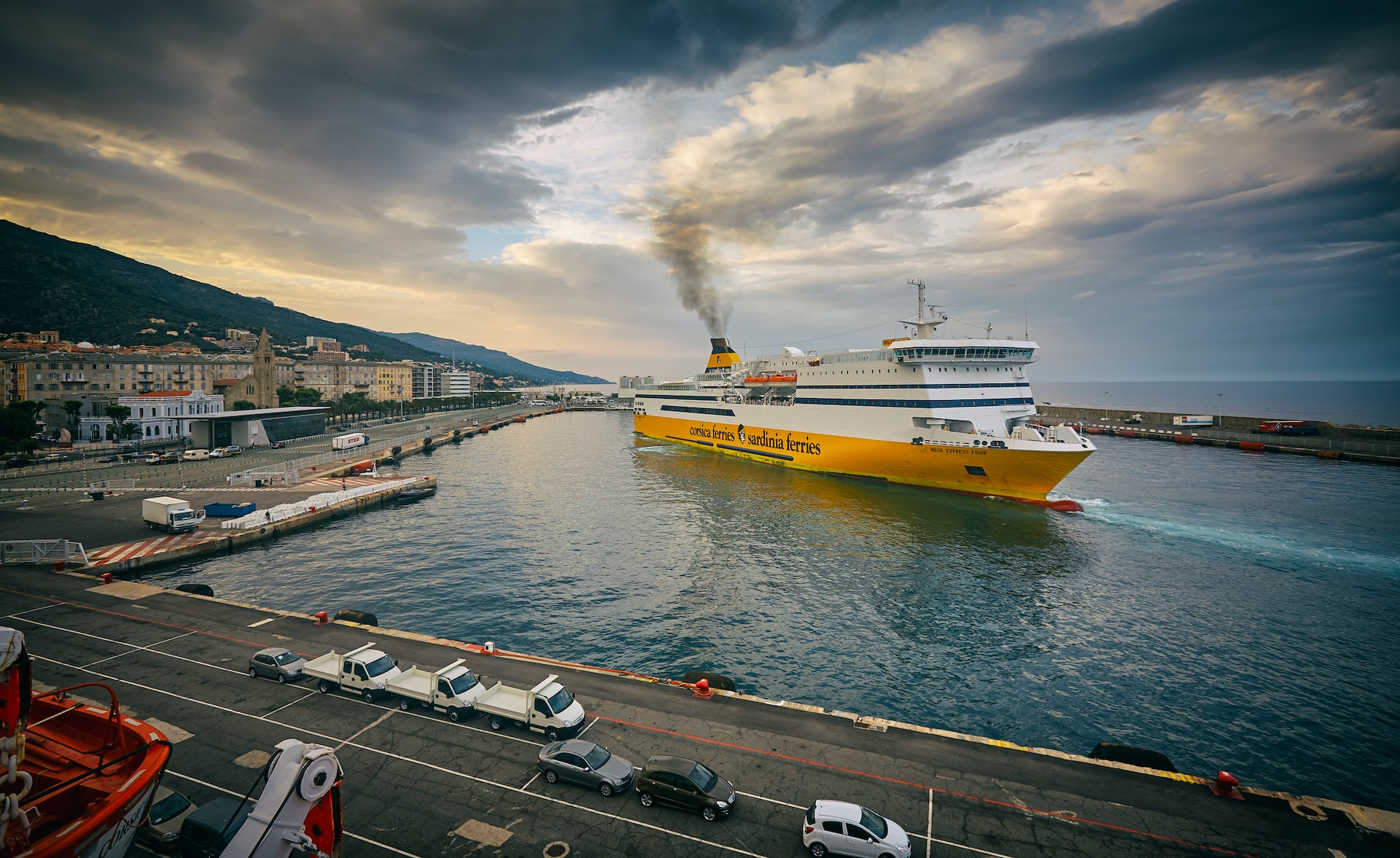
Car carrier design and build
Whilst shipping containers are loaded and unloaded onto a cargo or container ship using cranes or derricks and chemicals are loaded and discharged from chemical tankers using a system of pipes, the car carrier needs a different method to load its freight onboard.
Read more: Everything You Need to Know About Mining Ships
Typically this is done by ramps. A whole lot of ramps. These ramps may be located at the stern (back) of the vessel or at the bow (front.) They might also be situated at the sides of the ship. In addition there may be ramps inside the vessel and hoistable car decks.
ARE YOU LOOKING FOR JOBS ON CAR CARRIERS? VIEW MARTIDE’S CAR CARRIER JOBS NOW!
This allows the cargo - AKA the cars or other vehicles to be easily driven onto the ship and then off again at the destination port or terminal, or even just the other side of the river in the case of a RoPax vessel (i.e. a ferry.)
Car carrier capacities
While cargo ships, container vessels, and container feeders measure their capacity for cargo in TEU, a car carrier is a little different.
TEU means Twenty-foot Equivalent Unit and is a measure of volume in units of twenty-foot long shipping containers. Therefore one 20-foot container equals one TEU.
Read more: Everything You Need to Know About Cable Laying Ships
Clearly this is irrelevant when the cargo is not in shipping containers and is a car or a truck. That means a different standard of measurement is required. And so we have the LiM - or measured in Lanes in Meters.
To calculate the amount of cargo a car carrier can transport, the length and breadth of the lanes where the vehicles are placed is multiplied by the number of decks in that vessel. This gives you the LiM.
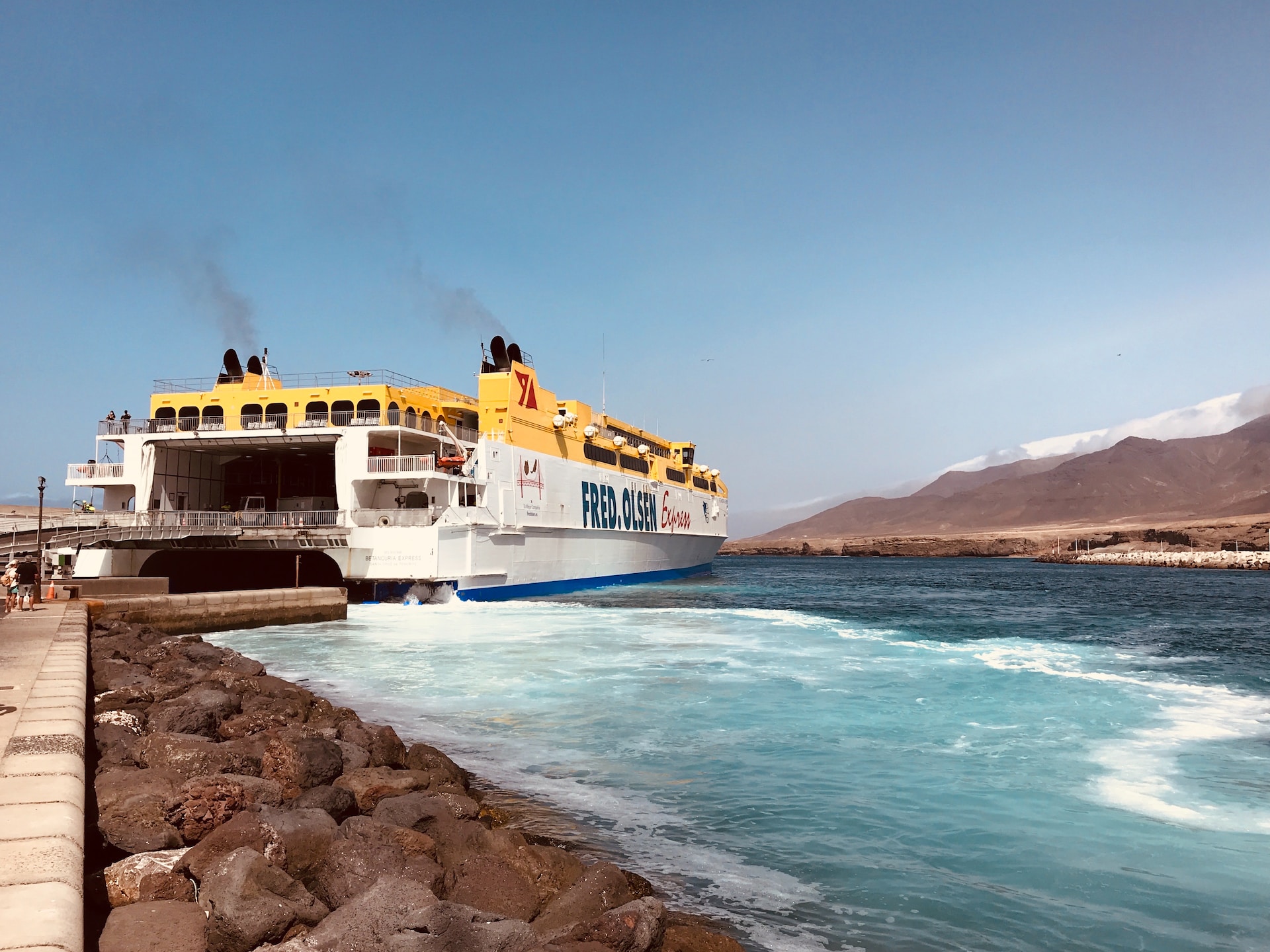
The history of the car carrier ship
Before the Pure Car Carrier became the industry norm, the transportation of cars for long haul purposes was undertaken by bulk carriers such as Panamax and Supramax vessels which handled loading and unloading operations with onboard derricks or cranes. The vessels were equipped with portable car platforms.
However, global demand for cars from other countries and manufacturers meant that a different solution was required and thus the purpose-built PCC was born.
And surprisingly this all happened as long ago as the 1950s, when ships that were specifically designed for the transportation of cars by sea were developed, by adding extra decks to the design of the vessel.
Read more: Everything You Need to Know About Offshore Vessels
Indeed, the first bow door on a RoRo ship was seen on the Aniara which launched in 1963.
More innovations soon followed including the addition of twelve decks that could accommodate more than 6000 cars, as well as the aforementioned PCTC.
Read more: Everything You Need to Know About Tugboats
From heavy lift vessels to pilot boats
There are so many fascinating vessels plying their trade across the world’s oceans that we can’t wait to explore more of them. From the Heavy Lift Vessel (HLV) to cruise ships to the Very Large Crude Carrier (VLCC) to fishing vessels to pilot boats, we’re dedicated to bringing you the facts!
ARE YOU LOOKING FOR JOBS ON CAR CARRIERS? VIEW MARTIDE’S CAR CARRIER JOBS NOW!
Meanwhile, why not read more about chemical tankers in an earlier post in this series - you can do that by clicking the link below:
Read the previous post in this series: Everything You Need to Know About Chemical Tankers
Read the next post in this series: Everything You Need to Know About Dredgers

Eve Church
Eve is Martide's content writer, publishing regular posts on everything from our maritime recruitment and crew planning software to life at sea. Eve has been writing professionally for more than two decades, crafting everything from SEO-focused blog posts and website landing pages to magazine articles and corporate whitepapers.
UK

is the only site for maritime jobs

